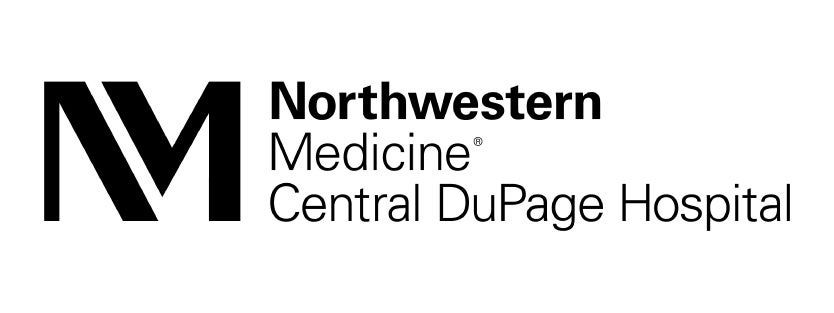
Northwestern Medicine Success Story
In pursuit of leading the way to better medicine, Northwestern Medicine Central DuPage Hospital (NMCDH) leaders saw opportunities to improve teamwork and communication in its Women and Children’s division. The hospital chose TeamSTEPPS because it was evidence-based and would integrate well with its existing patient safety program, begun in 2013, which enculturates 11 patient safety tools to improve care quality to become a high-reliability organization.
Background
- NMCDH is a 406-bed, acute care hospital, part of an 11-hospital system in Winfield, Illinois, just west of Chicago.
- The facility is a Level III perinatal hospital for high-risk obstetric and neonatal patients with about 2,700 deliveries per year. It also is a comprehensive stroke center, a Level II trauma center and a Magnet-designated hospital.
Approach & Goals
- A readiness assessment was administered to identify staff training needs and readiness to work on the core tools and concepts of TeamSTEPPS. Participants demonstrated a strong desire to build on the hospital’s existing culture of safety.
- Goals included improving communication and teamwork — specifically, addressing roles and responsibilities, speaking up if there is a concern, improving situation awareness and providing mutual support.
Actions Taken
- The Women’s and Children’s team immersed itself in a two-day TeamSTEPPS Master Trainer course in June 2023. The focus was on obstetrics, but other key teams (quality and safety, intensive care, emergency department, pediatrics and operating room) also were invited to participate.
- After course completion, a Change Team was created within OB to design a three-hour multidisciplinary training for nurses, health unit coordinators, scrub technicians, obstetricians and anesthesiologists.
- All TeamSTEPPS tools were taught but emphasis was placed on Briefs, Huddles and Debriefs.
- Checklists and processes supported the implementation, and the Change Team served as champions, consistently modeling the tools.
- Participants documented their lessons learned to help other departments that may wish to implement TeamSTEPPS.
Positive Outcomes
- The TeamSTEPPS Teamwork Perceptions Questionnaire was administered before each course and again 12 weeks later. The results showed improvement with more “agree” and “strongly agree” responses for teamwork (6.3%); situation awareness (7.4%); mutual support (10%); and communication (9%). The team continues to hold Briefs, Huddles and Debriefs and these tools are incorporated into ongoing simulation events for hemorrhage and hypertension events.
Recommendations
- Align the department’s current safety tools with TeamSTEPPS tools.
- Incorporate change management techniques by creating a work plan to address Who? What? Where? When? Why? How? and How long?
- Individualize activities and content to be relevant to the practice area by creating specific scenarios, scripts and videos for the Brief, Huddle and Debrief examples.
- Choose TeamSTEPPS tools and content that relate to the specific concerns of the department.
- Develop a Change Team in each department to develop ownership over course content and execution on the units.
|


